My Work as a Forester
Sustainability is more than just a buzzword to me – it is the core of my daily work in the forest. As a forester, I am responsible for a habitat that is constantly changing – and is now, in the face of climate change, facing new challenges.
What drives me is the question of what a climate-resilient forest of the future might look like. A forest that is resilient, provides a habitat for many species, and at the same time fulfills its essential functions for us humans – from water storage to CO₂ storage.
To achieve this, it takes knowledge, experience, and keen observation. Every day, I work on better understanding the complex interrelationships within the forest ecosystem – because only those who see the big picture can act sustainably.
Biodiversity is especially close to my heart. It is the foundation of a stable and adaptable forest. Every plant, every animal contributes in its own way – and I see it as my duty to protect and nurture this treasure.
The Altaussee Forest District of the Austrian Federal Forests, which I have managed as district leader since 2002, covers an area of approximately 9,500 hectares. It spans altitudes ranging from 700 to 2,100 meters and is predominantly characterized by spruce-fir-beech forests. Within this district, there is also a large, ecologically valuable nature reserve.
What is particularly characteristic of the district are the complex ownership and usage structures: Historically developed forest rights, dating back to 1209, are a testament to a long forestry tradition closely linked to salt extraction in the region. In addition, there is year-round, intensive tourism that places high demands on sustainable and balanced management.
At the Austrian Federal Forests AG, we focus on ecologically and economically sustainable timber harvesting. Only as much wood is harvested as naturally regrows, ensuring that the forest remains a habitat, climate protector, and raw material source for the future.
Various timber harvesting technologies are used, ranging from soil-friendly cable crane techniques in steep terrain to modern machinery in accessible areas. This allows us to work in a site-appropriate, efficient, and environmentally friendly manner.
By utilizing local timber, we avoid long transportation routes, reduce emissions, and strengthen the regional economy. For us, sustainable forestry means using natural resources without depleting them.
Forest Protection – Ensuring Forest Health
Forest protection at the Austrian Federal Forests ensures that our forests remain healthy, stable, and climate-resilient.
This includes measures against bark beetles and other pests, protection from storms, snow, and erosion, as well as regulating wildlife populations. Modern technology, nature-based forest management, and continuous monitoring help to detect damage early and protect the forest sustainably.
Forest Care – Securing the Future
Forest care ensures that our forests remain stable, diverse, and resilient.
Through targeted interventions – such as young tree care, shrub management, selective thinning, or natural regeneration – site-appropriate tree species are promoted, mixed forests are established, and biodiversity is strengthened.
This creates vital forests that are capable of meeting the challenges of climate change, pests, and natural hazards.
Forest roads are essential for sustainable and nature-based forest management. Only a well-planned network of roads allows for small-scale, site-appropriate use – the form of forestry that takes nature, climate, and habitats into account.
At the same time, roads can also disturb the forest habitat. Therefore, great care is taken in their planning, alignment, and regular maintenance.
Measures such as preventing road closures, greening of spur roads, keeping road edges clear, planting rare shrub and tree species, or promoting softwood shrubs along roadsides create additional feeding areas and habitats for protected species.
This reduces browsing pressure on young forest plants while making a valuable contribution to biodiversity and the preservation of species diversity.
Hunting – Responsibility Between Tradition and the Future
Hunting is an essential part of sustainable forest management. It regulates wildlife populations, protects young forest plants, and thus ensures the development of climate-resilient forests.
In addition, hunting is a significant economic factor in rural areas, a valuable cultural asset with a long tradition, and not least, a source of high-quality, regional game meat as a sustainable food source.
At the same time, hunting is a topic that often evokes strong emotions and is ideologically charged. This makes it all the more important to approach it responsibly, transparently, and respectfully, with regard to wildlife, nature, and the public.
The Austrian Federal Forests stand for ethical hunting – in harmony with the forest, wildlife, and people.
Alpine Pastures – Cultural Landscape with History and Future
For over 4,000 years, our alpine pastures have been managed – sometimes more intensively, sometimes extensively. This traditional use has created a unique, species-rich habitat over millennia.
Today, many of these valuable areas are threatened by changes in agriculture: small farms are closing down, alpine pastures are becoming overgrown, and habitats are being lost.
Therefore, we support traditional alpine farming – for example, by clearing and maintaining overgrown areas. In this way, we contribute to preserving a vibrant cultural landscape and ensuring biodiversity in the mountain regions.

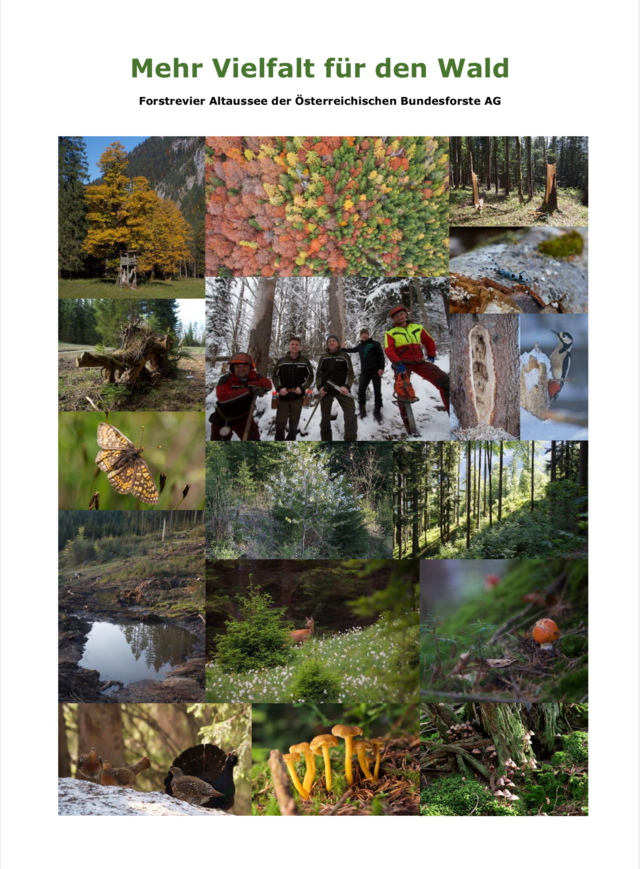
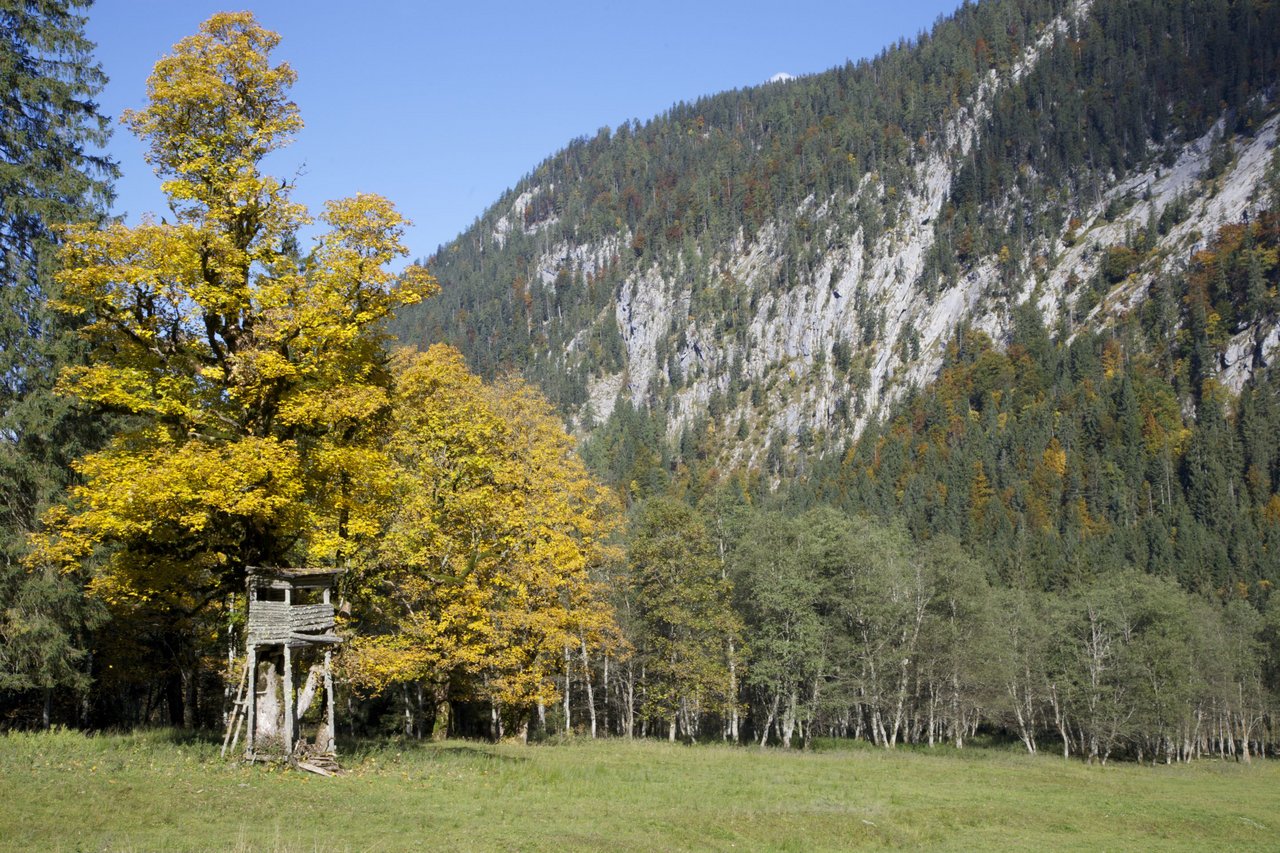
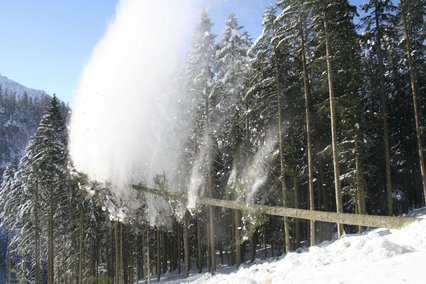
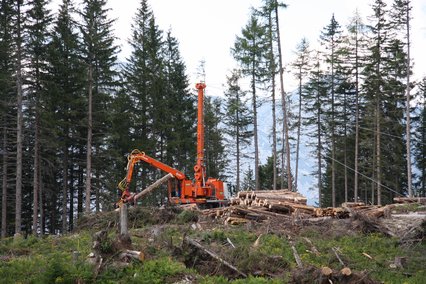
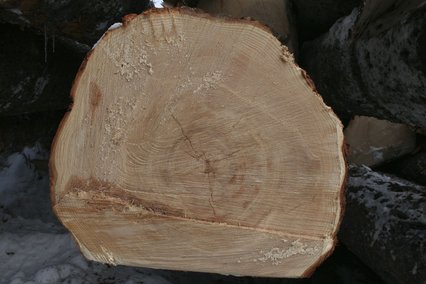

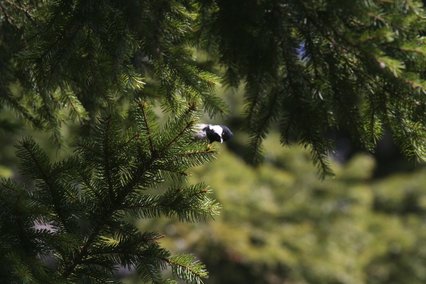
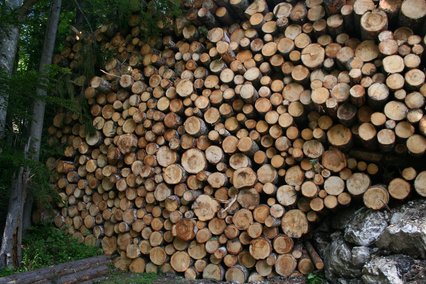


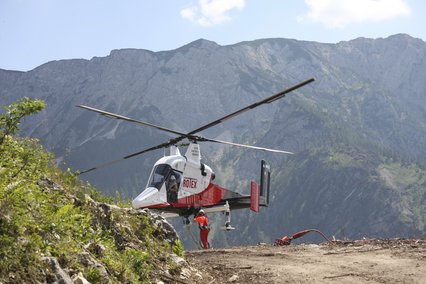
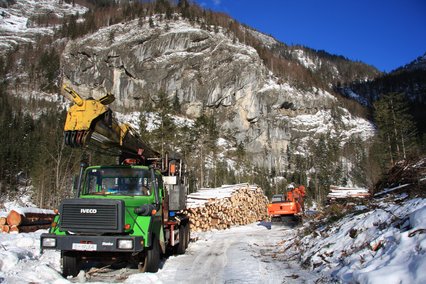
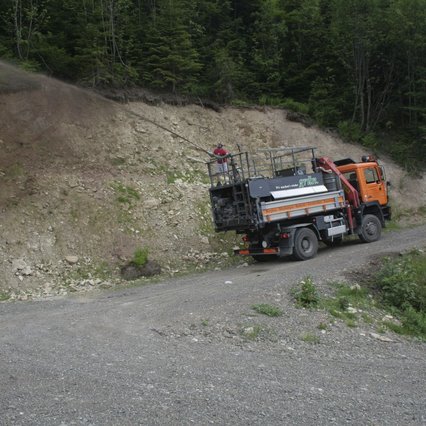
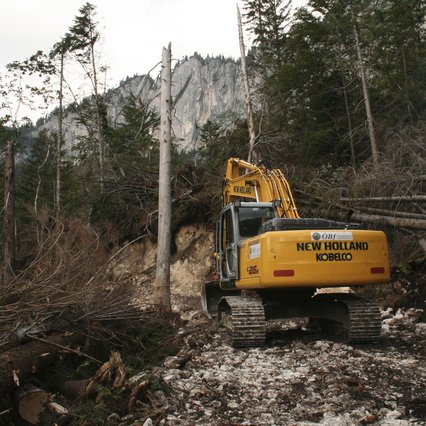
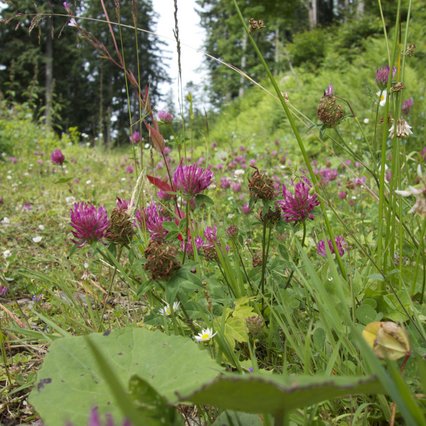
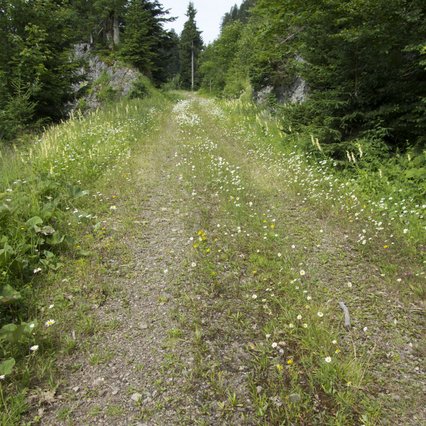
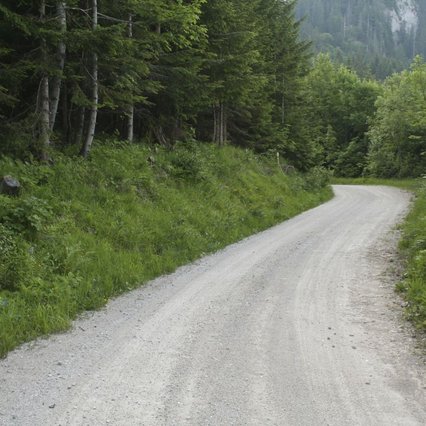
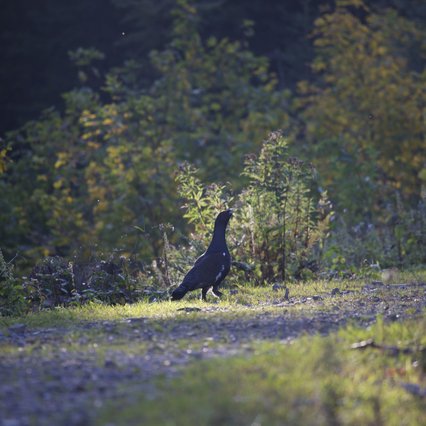
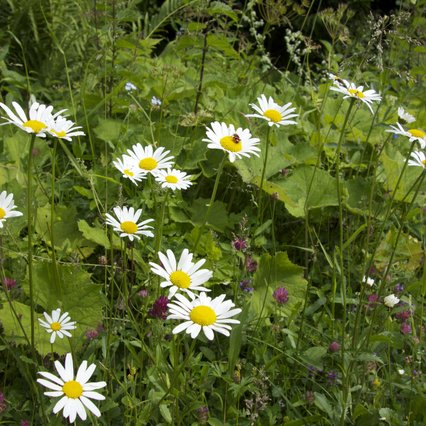
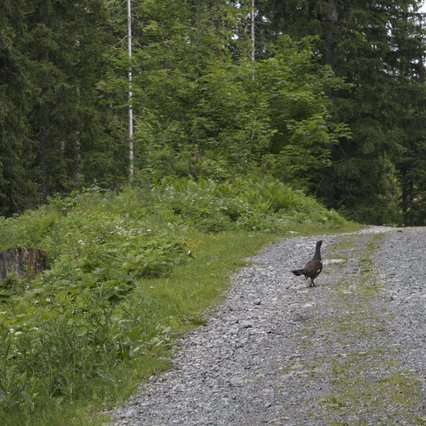
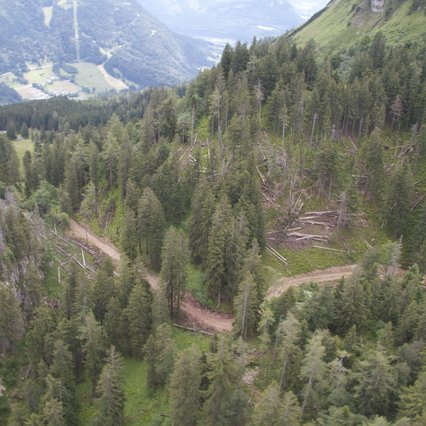
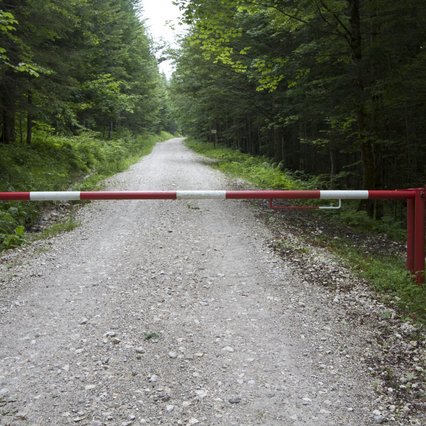


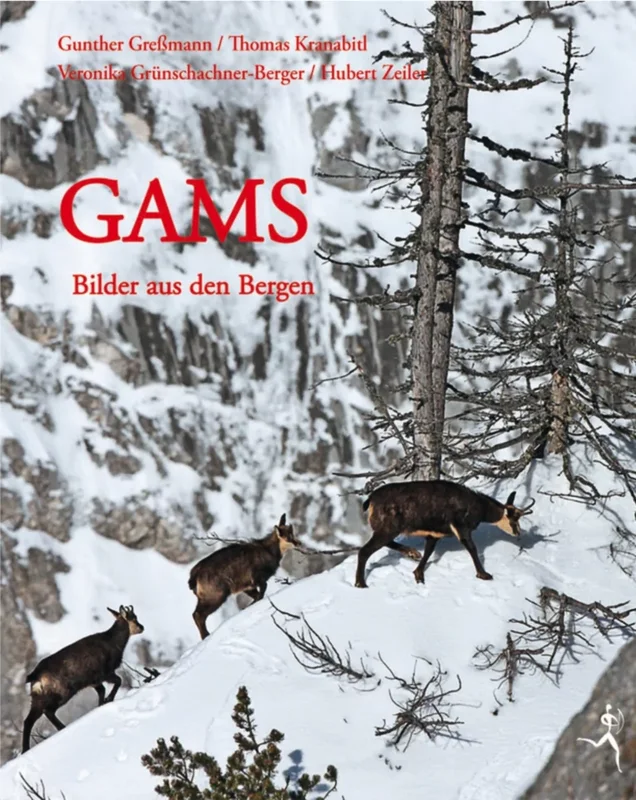
![[Translate to English:] Das Jagdhaus Bad Aussee](/fileadmin/user_upload/Bilder/aaa_nicht_zugeordnet/JH_BA.jpg)